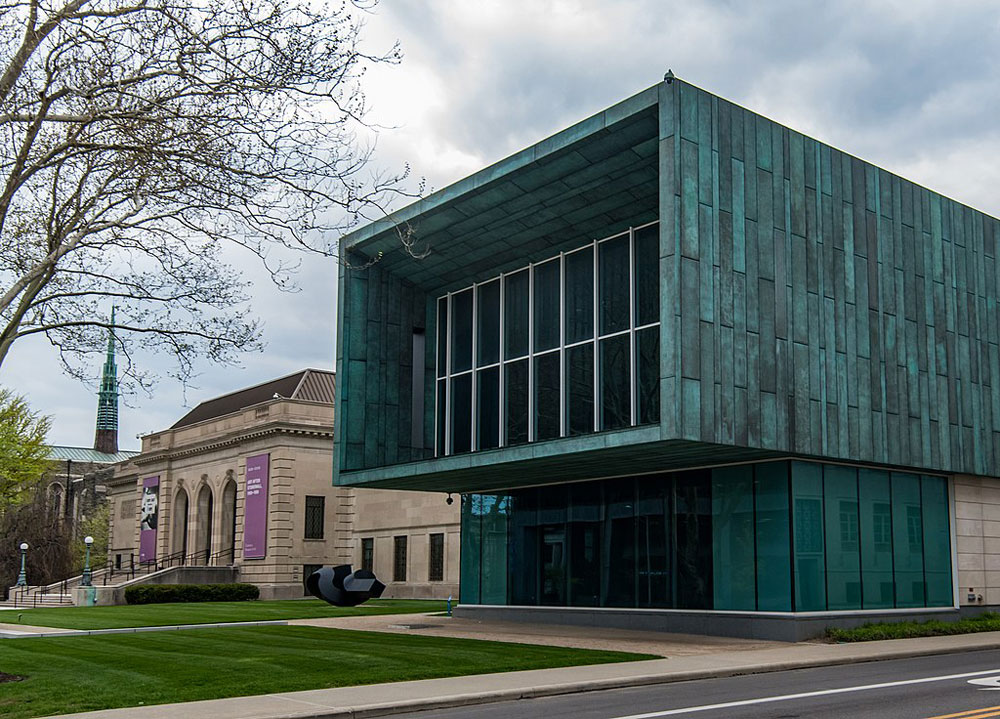
October 13, 2020; Columbus Business First and CNBC, “Make It”
As Europe begins to experience that powerful second surge of the virus we were warned might happen, their infection numbers are now setting records against the first wave. Countries like France and Germany are reinstituting or strengthening their lockdowns, and the US is likely to be right behind them.
Should a second surge emerge here, it may truly seal the fate of some nonprofits, not to mention those they employ and serve. Many nonprofits and small businesses alike have been hoping for the last eight months that they might be able to wait out the pandemic. However, many are running out of road as the shutdown continues, briefly interrupted by rare hopeful moments.
Some institutions are especially vulnerable, as their revenue depends upon enclosed facilities that can lead to the spread of the virus. So it is for the Columbus Museum of Art, which has cut almost a third of its staff positions and about the same proportion from its current fiscal year’s budget.
The organization did what it could, including acquiring emergency funding and a Paycheck Protection Program loan and cutting non-staff expenditures and programs. But time has run out for the separated staff.
Sign up for our free newsletters
Subscribe to NPQ's newsletters to have our top stories delivered directly to your inbox.
By signing up, you agree to our privacy policy and terms of use, and to receive messages from NPQ and our partners.
Meanwhile, Cassandra Brooks of Little Believer’s Academy in North Carolina is unsure of her ability to meet payroll for her 17 employees. The organization has had three positive cases of COVID-19, and Brooks says many staff are nervous about coming back. Each case necessitated a two-week shutdown and wholesale sanitizing of the facility, and that was on top of the installation of air purifiers and a UV light disinfecting system, as well as upgrading the HVAC systems. A PPP loan was quickly used up with all of that, and still enrollment is stuck at around 40 percent of capacity.
“You’re so stressed you can’t sleep at night,” Brooks says. “I pray that I can make it to next month, or even this month.” Making that worse is the three paydays she must meet in October.
The caution of the parents is understandable. One mother, whose father died from COVID-19 in April, says, “We just are not ready to put our children at risk.” Though having her and her spouse stay home more will cost her family some income, she says, “Money won’t replace my children.”
Not all nonprofits are in this position, but for those who are, the feeling that you are running out of options with each passing day carries with it enormous pain that has to do as much with letting staff go into a job-scarce environment as with the potential loss of the institution itself.
This devastating situation is the result of a natural disaster and Congress’s mulelike refusal to act on a stimulus that would allow businesses and critical nonprofits the space they need to sustain their small portions of the nation’s social and economic infrastructure. Instead, they imagine the populace might get lazy if given a free ride. It could be the death of us.—Ruth McCambridge












